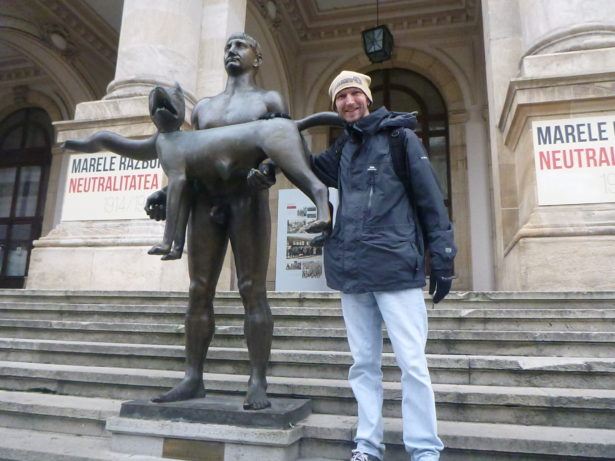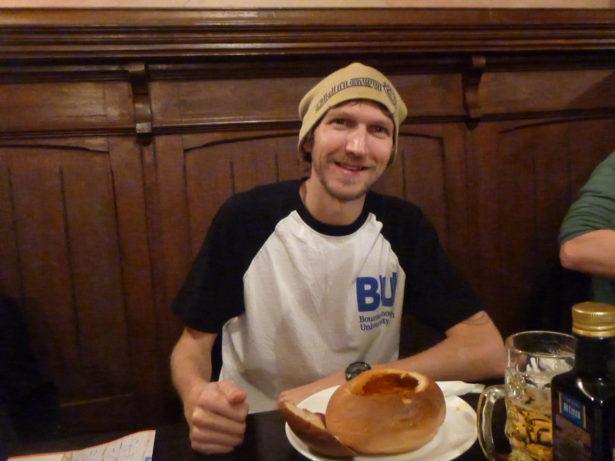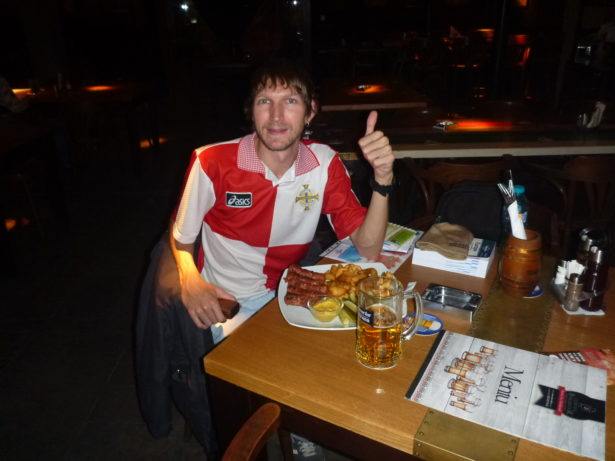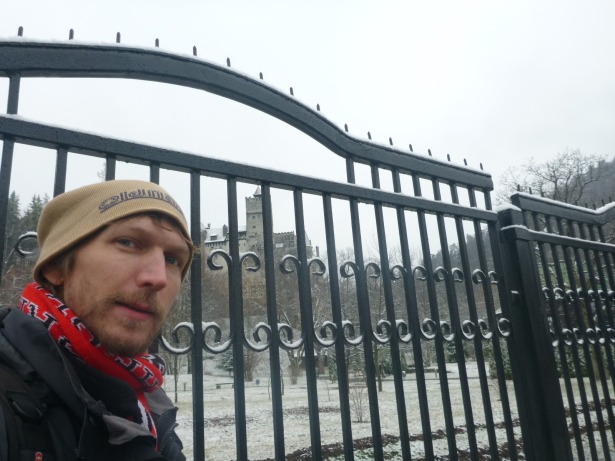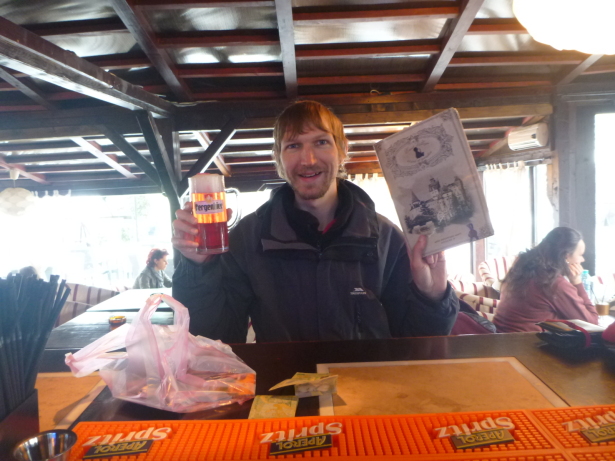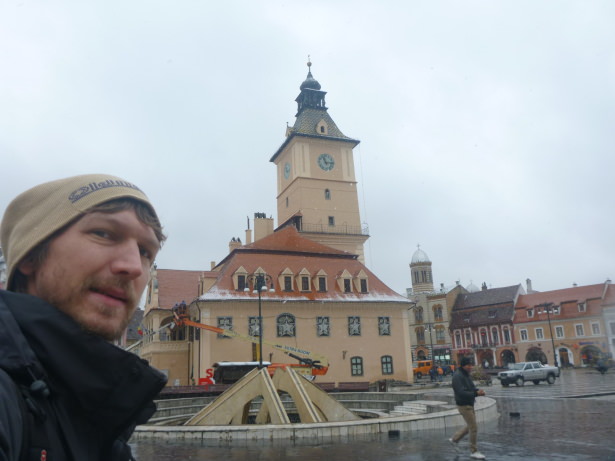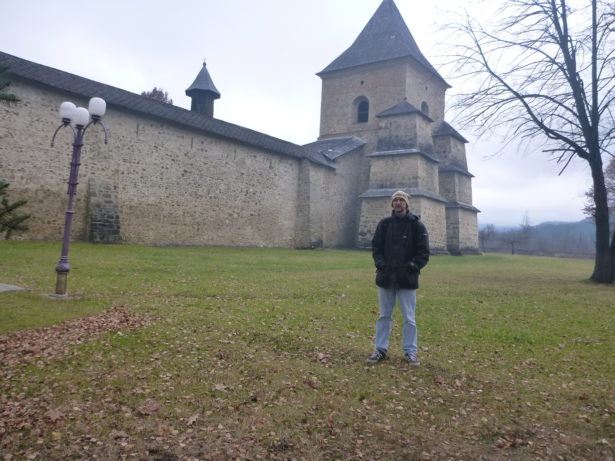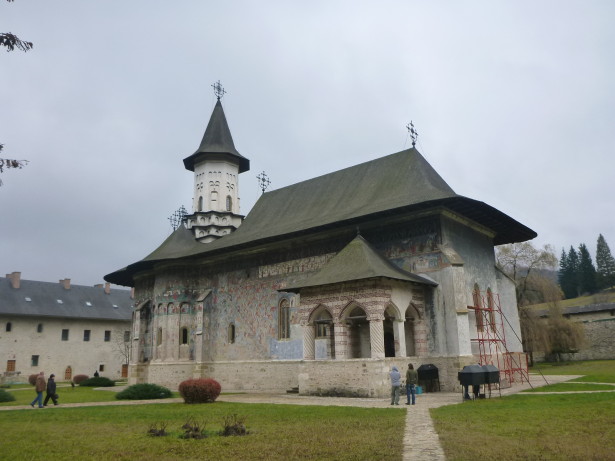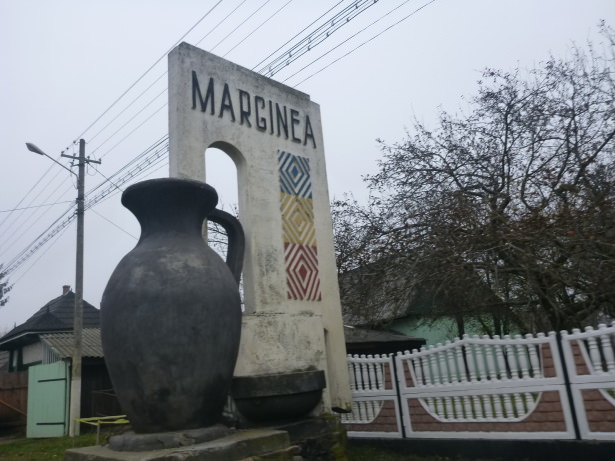Romania is a lesser-known travel destination which might be one of the reasons I chose to pack my bag and see it. As I live in a city where crowds of tourists clog the streets any time of the day, I wanted some freedom to move around. Needless to say, Eastern European countries were perfect candidates.
It was just a matter of which countries. And so I landed in Romania because I wanted to see what their culture is like and if the locals are as hospitable as they say. As a young traveler searching for authenticity, I can tell Romania ticked these boxes. And as a foodie looking for natural scenery, I wasn’t disappointed either.
The Greeks, Ottomans and Hungarians, and a mixture of Balkan and French-inspiration, influenced the country’s culture and lifestyle. The country was doing quite well until 1944 when the communist regime came to power and changed everything. After the 1989 communist revolution, things started to change but slowly and with a lot of hiccups.
As a backpacker visiting Romania, it was lots of fun and with quite a few adventures and mis-matches in between. Relatively cheap compared to other European countries. So here’s what I liked most about my trip to Romania.
Partying in Bucharest Old Town
From Bucharest’s international airport Otopeni Henri Coanda I got to the city by bus. Cheap and convenient. Public transport, especially the metro system, serves every part of the city a tourist needs.
Bucharest is a vibrant, eclectic European city. I saw much of Romania’s rich and diverse history in the city’s Old Town. It’s not a big old town compared to other old European cities, but it offers a bit of everything. The architecture is complex and there’s a lot of contrast. Some buildings are in decay or abandoned, while others just next to them are beautifully renovated with a stylish bar or restaurant opened.
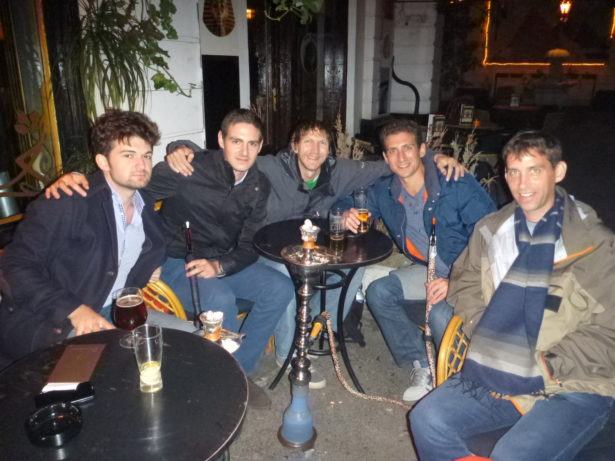
A great first night in Romania with Wandering Earl – Bucharest, Old Town on 10th November 2014. Everything was fine.
The Old Town is hosts close to 50 bars, cafes and restaurants, for every taste, style and budget you can imagine. So it’s a hotspot for locals and tourists looking to have fun. It can get quite crazy – and fun – during weekends, with lots of people hopping around bars until morning. And Romanian love to party, that’s for sure!
I was fascinated by Caru’ cu Bere, a typical old-school restaurant with traditional Romanian food that opened more than 130 years ago and has the oldest brewery in the capital. It’s located on Stavropoleos Street in the Lipscani district and is a popular hotspot in Bucharest’s Old Town, designed in a gothic style and noted for its distinctive art nouveau interior decoration. You can have dinner for ~20 euros. I recommend trying mititei (ground beef with spices rolled up in small sausages) and house beer.
Another beautiful spot is Carturesti Carusel library. The building has six floors, with a vast selection of books and a café on the top floor. The staircase is particularly great for that Instagram viral picture you’re looking for. I also liked walking through the Vilacrosse Passage in the evening to take pictures of the fork-shaped, yellow glass – perfect lights!
See Bran aka ‘Dracula’ Castle
The most popular tourist attraction in Romania is undoubtedly Bran Castle. Anyone who’s seen the site can agree that it looks like the perfect setting for Bram Stoker’s “Dracula” novel, which built the hype around the castle. The surrounding area also has an impressive heritage. Only one room in the building is dedicated to Dracula and the commercial hype around it, but you also get to see museum-like exhibitions connected to Romanian folklore and royal family trees, a secret staircase, and a vibrant garden.
I got there from Brasov by bus in 45 minutes (it leaves every half hour and the ticket costs around 2 euros), but you can also take a cab or go on an organized tour. Additionally, I paid around 12 euros for the entrance fee.
Some may complain that there are no wooden spikes leading up to the castle gate or large torture dungeon. But you have to adjust your expectations: Dracula won’t show up, and there’s no scary music playing in the background either. The whole Dracula thing is just hyped up commercial tourism that has nothing to do with the castle itself.
The beautiful town of Brasov
If you talk to someone about Brasov and it doesn’t ring a bell, tell them about Transylvania and see how their faces light up, like “Aah, Transylvania, Dracula!” But this charming city has a lot more to offer, and it’s one of Romania’s favorite tourist destinations.
The historical center isn’t very big, and I enjoyed walking on foot on cobblestone streets and seeing the multitude of restaurants and bars. The architecture is heavily medieval, and experts will call it baroque, gothic, and Renaissance. You’ll get to see the narrowest street in Europe, Rope Street. And the Black Church, the biggest Gothic church in Romania. You can also take the cable car up to the Hollywood-style Brasov sign towering over the city to get spectacular views of the area and the Carpathians.
What I love about the city is that public transportation is efficient and cheap, with trolleybuses and buses running on time. You can have a decent meal for around 8 euros a person, and I recommend trying the local meat soup called ciorba. And because Bran Castle, Sighisoara and the mountains are nearby, there are a lot of tours from Brasov you can do to explore the area.
Sucevita Painted Monastery
Next, I took the train to the Northern city of Suceava. The ticket was 16 euro and I got to see quite some scenery from my window – especially since it was a long ride. Trains in Romania are cheap and can take you everywhere, but they’re slow. So make sure to pack a book and enough food and drinks for the road.
I chose this monastery because it’s one of the eight painted churches from Bucovina found on the UNESCO Heritage List. It is, indeed, a masterpiece and a “testament of Moldavian art”. Built at the end of the 16th century, it’s the largest monastery in Bucovina with the best preserved exterior paintings. Regardless of your religious faith or views, the things you’ll learn about Romanian culture and way of life are priceless.
I rented a car from Suceava for 16 Euro/day and drove there. To visit the site I paid around 3 euros.
Marginea Ceramics
And since I was in Suceava, I stopped to visit the black ceramics in the village of Marginea. The area is surrounded by clay soil which made it perfect for locals to develop their pottery craft and skills. They make all sorts of black ceramics objects with clay, water, and fire and decorate them beautifully. You’ll find jugs, plates, vases, glasses, cups, bowls – quite a lot of things, with prices starting from 3 Euros.
You may also be able to watch the craftsmen at work in their workshops since most of them live there and sell their merchandise directly on the street. If you’re looking for an authentic Romanian souvenir, or a gift for family and friends, this is a great place to get one.


